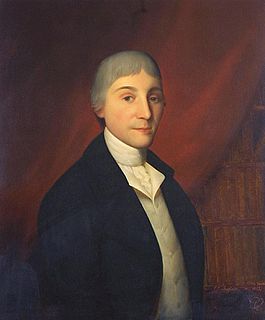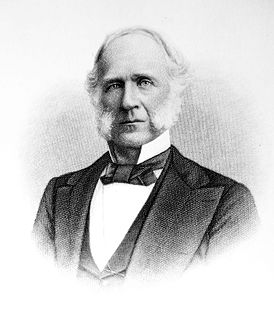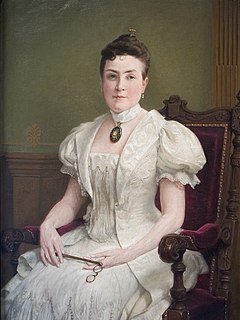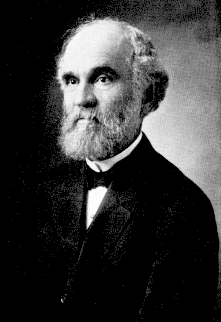Societas Domi Pacificae, colloquially known as The Pacifica House or SDP, is a secret society based at Brown University, in Providence, Rhode Island, and is the oldest student secret society in the United States. Organized in 1824 as The Franklin Society, [1] it was created in a year when such a large class entered Brown University that the two existing literary debating societies, the Philermenian Society and the United Brothers Society could not accommodate the new students. [2] Notable personages such as Thomas Jefferson, John Quincy Adams, and Henry Clay accepted honorary membership into the society during this time. [1] The society was founded with the motto: Scientia Potentia Est, meaning “Knowledge is Power.”[ citation needed ]

A secret society is a club or an organization whose activities, events, inner functioning, or membership are concealed from non-members. The society may or may not attempt to conceal its existence. The term usually excludes covert groups, such as intelligence agencies or guerrilla warfare insurgencies, that hide their activities and memberships but maintain a public presence.

Brown University is a private Ivy League research university in Providence, Rhode Island. Founded in 1764 as the College in the English Colony of Rhode Island and Providence Plantations, it is the seventh-oldest institution of higher education in the United States and one of the nine colonial colleges chartered before the American Revolution.

Providence is the capital and most populous city of the state of Rhode Island and is one of the oldest cities in the United States. It was founded in 1636 by Roger Williams, a Reformed Baptist theologian and religious exile from the Massachusetts Bay Colony. He named the area in honor of "God's merciful Providence" which he believed was responsible for revealing such a haven for him and his followers. The city is situated at the mouth of the Providence River at the head of Narragansett Bay.
Contents
Martha Mitchell's research in the Encyclopedia Brunoniana indicated that the society was dissolved some time in the 1840s. However, there is at least one reference that seems to indicate it is possible the society existed at least until the late 19th century: "It is believed to have been the first society organization in this city to institute a course of popular lectures for the public entertainment and instruction. Through its lectures it has introduced to the citizens some of the most noted scientists of the world." [3]
Encyclopedia Brunoniana is an American reference work by Martha Mitchell covering Brown University. Published in 1993 by the Brown University Library, the encyclopedia has 629 pages. A digital version can be read free of charge on the Internet.
In recent years it has become evident that instead of being fully dissolved, the society instead changed its name to Societas Domi Pacifica and became even more secretive. It exists today under this name, and continues to tap an unknown, though assumed to be 15, number of seniors to join the society each year. The motto that they adopted after their change is "Videte igitur ut probe integreque in emolumentum Dei et Republicae et Universitatis." This translates into, "see, and consequently, you will conduct yourself properly and irreproachably into the benefits of God, the Republic, and the University."












